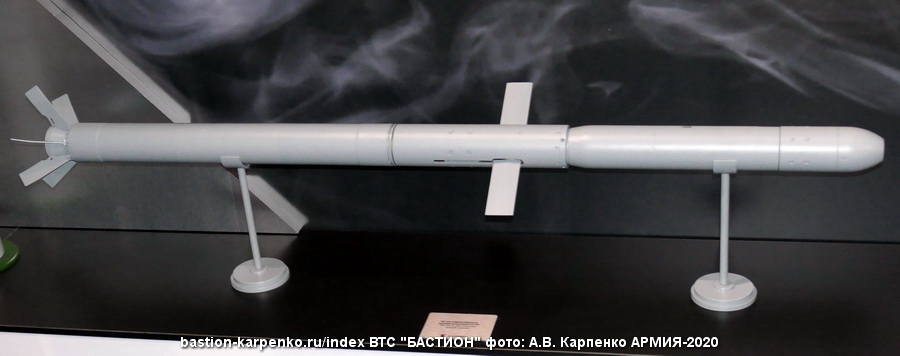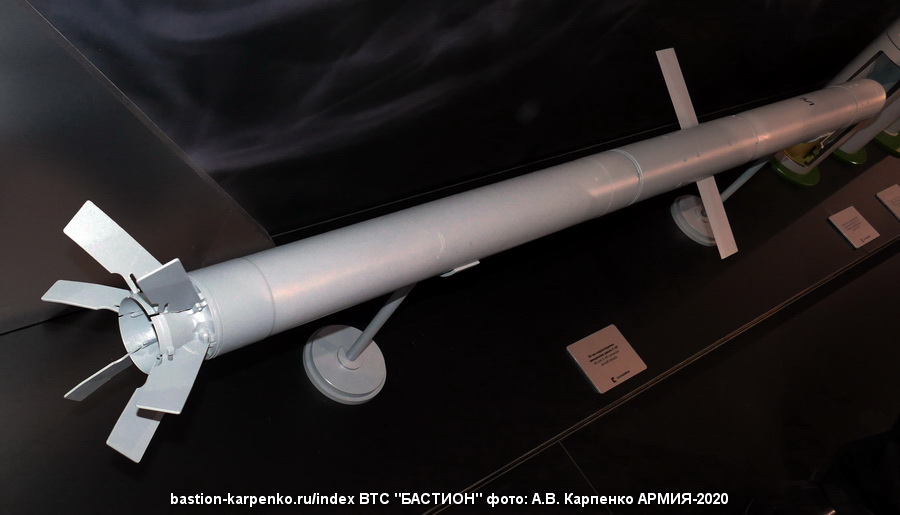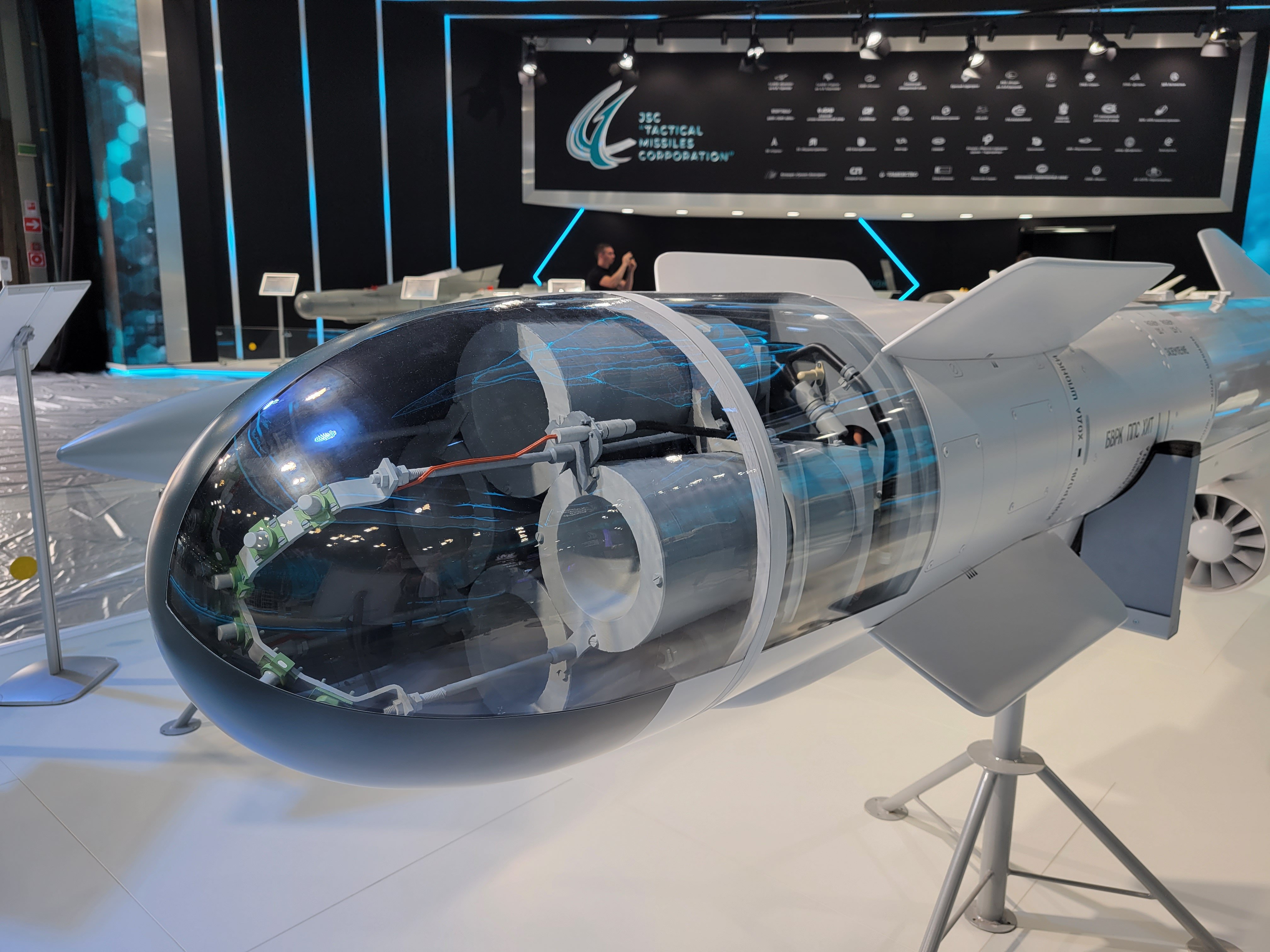GarryB wrote:More important is that it wont just be scanning the horizon all the time because that would give away its location and identity to enemy forces in an enormous radius.
They have no chance other than that, otherwise they would be trivially bombed, WWII style
Would be interesting to see how they engineered the missile though... does it release the rocket section that fires up and accelerates madly towards the target in a frantic race to the finish... destroying the subsonic section in the process... or does it separate cleanly allowing the subsonic portion to continue... perhaps with a jammer or chaff and flares that might distract the air defences... or even just continue flying and fractions of a minute after the mach 3 rocket hits the ship the subsonic section smacks into the ship at 850km/h spreading its remaining fuel all over the deck and starting a fire just to rub salt into the wound...
The way it is build, the subsonic section holds the supersonic one and does not appear to have any possibility to fly further, due to shape and CoG issues...
The 3M54 should be lighter and longer ranged... the problem is that it does not seem to be.
Funny, it was the best thing available few years ago and now it seems outdated... but I see the concept specially useful for an air launched AShM. The plane could carry it very close to the ship, and if they could manage more speed to make the terminal approach even faster and with very good precision, they could reduce the size of the warhead. For instance attack the superstructure where search radars are placed and which are very delicate equipment, the ship would be rendered essentially defenceless and could be finished off on the cheap.
To be clear though having it air launched at high speed wont effect its range as much as if it was a solid rocket powered only weapon.
Yeah, it has a cruise engine, but it has also a booster that needs to take it high in the atmosphere and > 5 M, there is a lot of energy involved in placing the missile at the right altitude and flight speed.
Being flown up to altitude and reasonable speed means it its initial rocket motor boost will take it higher and faster so the scramjet motor can be used less saving rather a lot of fuel... it could gradually accelerate as it loses fuel weight using the fuel more efficiently and extend range a bit.
In less dense atmosphere at such speeds, that would mean maybe hundreds of km more.
Not really clear is it... what I am trying to say is a solid rocket motor missile is like a gun... fire it from the ground and you will get x distance for range. Take the gun up 20,000m and fire it and the same round will launch the projectile to much higher speed because of less drag and the projectile will travel much further.
Yes it is clear, I have seen the calculations and it is like that. Nevertheless, there are fast and slow burn rocket engines, slow burn is better for range because less energy is spent defeating high drag. On the other hand, in launches from sea level, you actually want the missile to be very fast very soon so it reaches less dense air asap. This is a problem a Kinzhal does not have...
It is not the same for a jet powered aircraft.... you will get a boost in range just based on how far the plane carrying you can fly, and the speed you are travelling at together with the speeds you can achieve with your solid rocket booster and scramjet, but you wont dramatically increase the actual distance the missile moves by three times like you would with a solid rocket missile.
Probably not, but we would need to see numbers and we may be surprised... drag at low altitudes and high speeds is a terrible handicap
Well the thing is that the VLS systems are currently the size they are... and where the missiles are much smaller than that means empty space that is not being used. For aircraft keeping them small is useful, but for ships and subs then you might as well make the missiles bigger to fill out the available width and length and get better performance from them. They will still fit 8 to a UKSK launcher, but having 4,500km range land attack missiles is more useful than 2,500km range land attack missiles... or 2,500km range land attack missiles with three warheads that can be dropped enroute to primary targets... perhaps delayed fuse warheads that explode 10 minutes after the missile has passed...
I still need to see whether USKS-M will be the same size than now. There is the possibility that Kalibr-M just maxes the available cell diameter and depth, there is some margin. We still don't have details on the 4500 km range missiles. Still, I am focusing in naval strike and subsonic CMs are not the best weapon for that. Maybe I have not yet figured out the real difficultly of detecting and stoping low flying missiles in reality, but what I don't doubt is that they are substantially easier for the ship's AD than high supersonic ones.
Yes, I am getting it confused... I thought Kh-50 was GZUR, but it seems to me based on its specs that Kh-50 is actually Kh-SD... a 6m long stealthy land attack cruise missile for Bears and Backfires to carry internally with a range of 1,500km or so...
Yes, Kh-SD is how Butowsky referred it









 lyle6
lyle6
